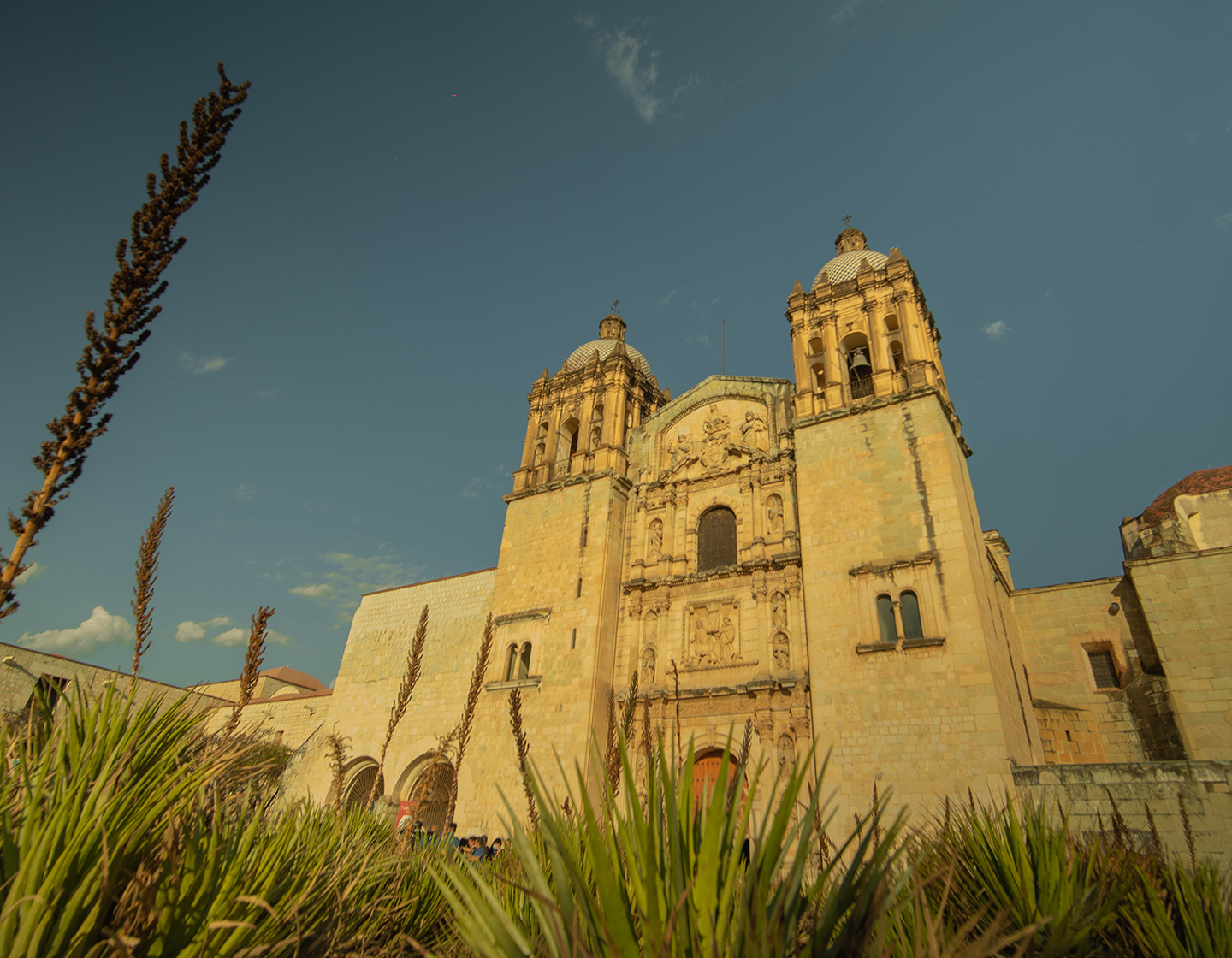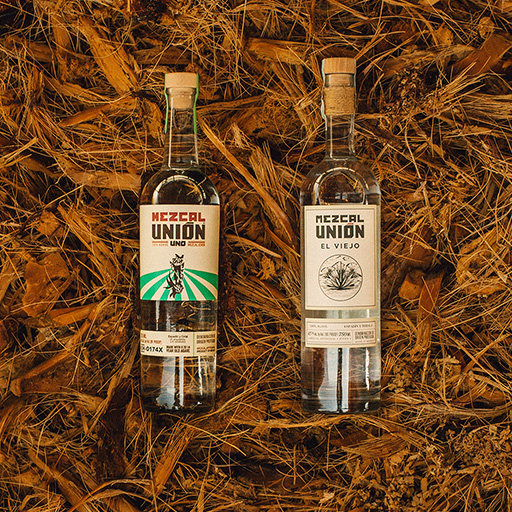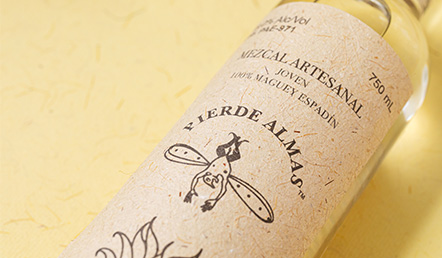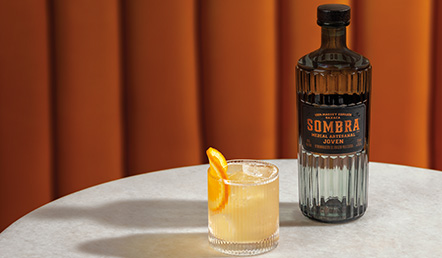
MEZCAL: HISTORY AND PRODUCTION
Step into the world of mezcal, an emblem of Mexican heritage renowned for its distinctive smoky flavor, traditional production methods, and cultural significance. This guide will take you through mezcal's rich history, its artisanal production, varieties, and the ways to enjoy it.
Estimated Reading Time: 5 Minutes
WHAT IS MEZCAL?
Mezcal is a traditional Mexican spirit distilled from various types of agave plants. Unlike tequila, which is made exclusively from blue agave, mezcal can be produced from over 30 types of agave, including Angustifolia and Karainskii, each imparting a unique flavor profile to the spirit. The heart of the agave, or the "piña," is at the core of mezcal's creation.
THE HISTORY OF MEZCAL
The roots of mezcal stretch back to the pre-Hispanic era, where it was considered a sacred beverage, consumed during religious rituals and ceremonies. The name "mezcal" originates from the Nahuatl words "metl" and "ixcalli," meaning "oven-cooked agave." The traditional production techniques have been passed down through generations, preserving its heritage and significance.
MEZCAL PRODUCTION: A CRAFT OF TIME AND TRADITION
The production of mezcal is an art form that honors the legacy of its ancestral origins. It is primarily made in Oaxaca, where techniques used are more artisanal reflecting local resources and technology, but other regions in Mexico also contribute to its diversity. The process is meticulous, reflecting a deep respect for the natural and cultural landscapes from where it is born.
Harvesting: Mature agave plants, which may take anywhere from 7 to 30 years to reach full maturity, are carefully selected and harvested by skilled farmers known as "Jimadors."
Roasting: The piñas are then roasted in masonry ovens or conical pits dug into the ground, lined with hot stones, and covered with agave leaves and earth.
Grinding: After roasting, the softened piñas are crushed to extract the agave juice. This is traditionally done using a mallet or stone wheel (tahona) operated by animal power or by hand.
Fermentation: The extracted agave juice is mixed with water in open-air vats, allowing natural yeasts to ferment the juice into an alcoholic mash.
Distillation: The mash is then distilled in copper, clay or stainless still pots. Mezcal is typically distilled twice to achieve the desired purity and strength.
Aging (Optional): While many mezcals are enjoyed young (Joven), some are aged in oak barrels to produce Reposado or Añejo varieties, which offer a smoother, more complex flavor profile.
VARIETIES OF MEZCAL
Mezcal's diversity is showcased in its various expressions, each reflecting the type of agave used, the region of production, and the specific practices of the mezcalero (mezcal producer). From the widely used Espadin agave to the rare and wild Tobala, the variety of agave plants influence the spirit's flavor, aroma, and texture.
ENJOYING MEZCAL
Mezcal can be savored in many forms – straight, with a slice of orange and a sprinkle of worm salt, or in a cocktail. It is typically served in served in copitas, veladora glasses or a calabash tree jicara. Its complex flavors make it a versatile spirit for mixology, inspiring bartenders to create innovative drinks that highlight its unique qualities.
MEZCAL COCKTAILS
Discover the art of mezcal mixology with recipes that range from refreshing to robust. Experience the spirit's adaptability in classic cocktails reimagined with a mezcal twist, or explore new creations designed to elevate its smoky essence.
Explore Our Brands

Mezcal Unión
Discover the exceptional taste of Mezcal Unión
Pierde Almas
Pierde Almas captures the essence of Oaxaca's mezcal tradition, crafted by maestro mezcalero Gregorio Velasco Luis in San Luis del Rio.
Sombra Mezcal
Sombra Mezcal embodies the Oaxacan Sierra, crafted with Espadín agave harvested at elevations up to 8,000 feet.
Join the exploration of mezcal's rich tradition, artisanal spirit, and the boundless possibilities it presents to the world of spirits. For more insights, trends, and recipes, sign up for the Diageo Bar Academy newsletter.
